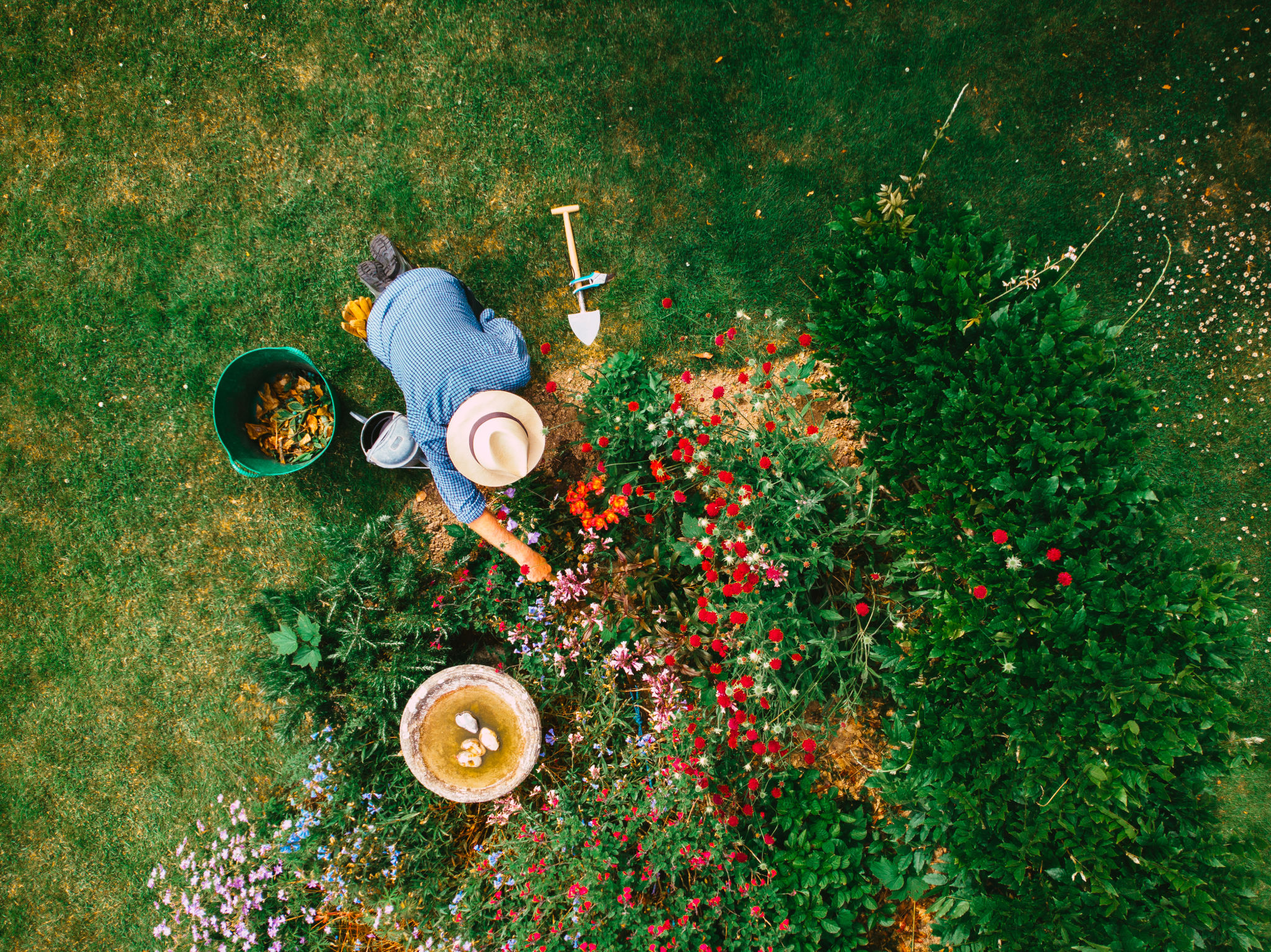Case Study: Transforming an Akron Backyard into a Sustainable Oasis
Introduction to the Project
In the heart of Akron, a typical suburban backyard was transformed into a lush, sustainable oasis, offering a perfect blend of beauty and eco-friendliness. This case study highlights the journey of turning a modest outdoor space into a thriving environment that supports both the local ecosystem and the homeowners' desires for an attractive, functional garden.

Initial Assessment and Planning
The transformation began with a thorough assessment of the existing conditions. The backyard, initially characterized by patchy grass and sparse shrubs, lacked diversity and ecological value. The homeowners expressed a desire for a low-maintenance garden that conserves water and attracts local wildlife.
Our design team crafted a comprehensive plan focusing on sustainability. Key objectives included improving soil health, integrating native plants, and creating habitats for birds and beneficial insects. With these goals in mind, the team set out to redesign the space with a holistic approach.
Soil Improvement and Water Management
Enhancing soil health was a crucial first step. We incorporated organic matter such as compost to enrich the soil, promoting better plant growth and water retention. Additionally, we installed a rainwater harvesting system to reduce reliance on municipal water sources. This system captures rainwater from the roof and channels it into strategically placed barrels for garden irrigation.

Plant Selection and Installation
The plant selection process prioritized native species known for their low water requirements and ability to thrive in the local climate. By choosing plants such as butterfly milkweed, purple coneflower, and wild geranium, we ensured the garden would support local pollinators and wildlife year-round.
To add structure and visual interest, we incorporated a mix of grasses and perennials, creating layers that mimic natural ecosystems. The installation process involved careful planning to ensure each plant received optimal sunlight and spacing for growth.
Creating Wildlife Habitats
In addition to plant diversity, we introduced features to enhance biodiversity. Bird feeders, pollinator gardens, and a small pond were strategically placed throughout the yard to provide food, water, and shelter for various species. These elements not only support wildlife but also offer endless enjoyment for the homeowners as they observe nature up close.

Outcomes and Benefits
The transformation was not only visually stunning but also brought significant ecological benefits. The use of native plants reduced water consumption by approximately 30%, while the rainwater harvesting system provided an additional 20% reduction. The increased presence of pollinators and birds has been a testament to the garden's success in supporting local biodiversity.
The homeowners have expressed immense satisfaction with their new outdoor space. They enjoy the vibrant colors and textures of the garden year-round, all while knowing they have contributed positively to their local environment.
Conclusion
This Akron backyard transformation serves as an inspiring example of how sustainable landscaping can be both beautiful and environmentally responsible. By focusing on adaptable plant choices, efficient water use, and habitat creation, any outdoor space can become a sustainable oasis that benefits both people and nature.